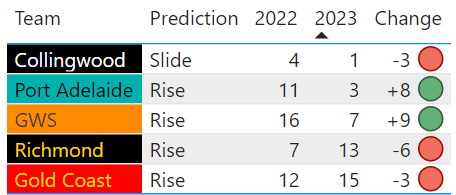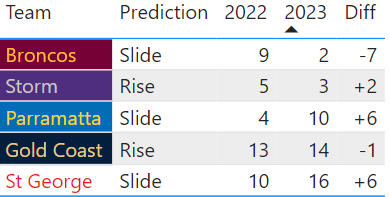Flattening the Coronavirus Curve - Spread and Prevention Visualised
The last few weeks have seen worldwide panic as the Coronavirus has spread exponentially across the globe. With the spread has come panic buying, event cancellations and entire country shutdowns.
Amidst all the panic has been a flurry of information from media sources and official organisations regarding the severity of the virus, how it spreads, and what we can do to stop it.
We stumbled across this article by Harry Stevens, who shows us, through data, how viruses spread, and why certain interventions work better than others.
The article is broken up into 5 main components, which illustrate how healthy people (the green in the above images), become sick and then eventually recover, or die.
The first section shows us how quickly a virus spreads within a small community as a result of person-to-person interaction. For large populations like the US, the rise in diagnoses will display a far steeper curve, as we’ve been seeing in the last couple of days.
For each of the scenarios, Harry Stevens has utilised a simulation to visualise how it works. This is an incredibly effective way of getting his point across.
An important thing to note here is the basic reproductive number (R), which indicates the number of people a diagnosed person is likely to infect over the course of their illness. For Covid-19, it is estimated that this number is 2.3. As a comparison, measles has a basic reproductive number of somewhere between 12 and 18.
As seen in the gif above, due to our increasingly interconnected and globalised world, it is seemingly impossible to completely stop the spread of a virus like Covid-19 through forced quarantine.
The next visual simulates a situation where one-quarter of the population continues to move around, and three-quarters partake in social distancing. This intervention is far more effective as the virus is limited due to the smaller population it can contaminate. After some time, the viruses spread stops, as there is no one left for it to contaminate, and those it has contaminated have either recovered or in some cases, died.
The last simulation shows what happens when only one-eighth of a population is able to move around. The result shows a very low number of contamination with the virus having very little overall affect.
White Box Synopsis
The important message within this article shows us that a proactive response, rather than a reactive one, is necessary to keep the Covid-19 spread at a minimum. Having seen this virus spread rapidly throughout China, Iran, Italy and now the United States, as well as reaching over 100 other nations, it is clear that this response has not been proactive enough.
The power of articles like these is that they educate their readers visually, and in a non-biased, non-click bait fashion. By presenting things in this way, communities, businesses and government can understand the implications of actions, and justify certain decisions over others. Hence, presenting data visually is a great way to educate, inform and persuade people and their decision making, leading to further triumphs down the line. Remember the old quote, failing to plan is planning to fail.
To keep up to date with the latest stats, bookmark our COVID-19 visualisation page.
For more fascinating visualisations and data stories, click here.
To keep up with all things data and White Box, follow us on our LinkedIn page.
















